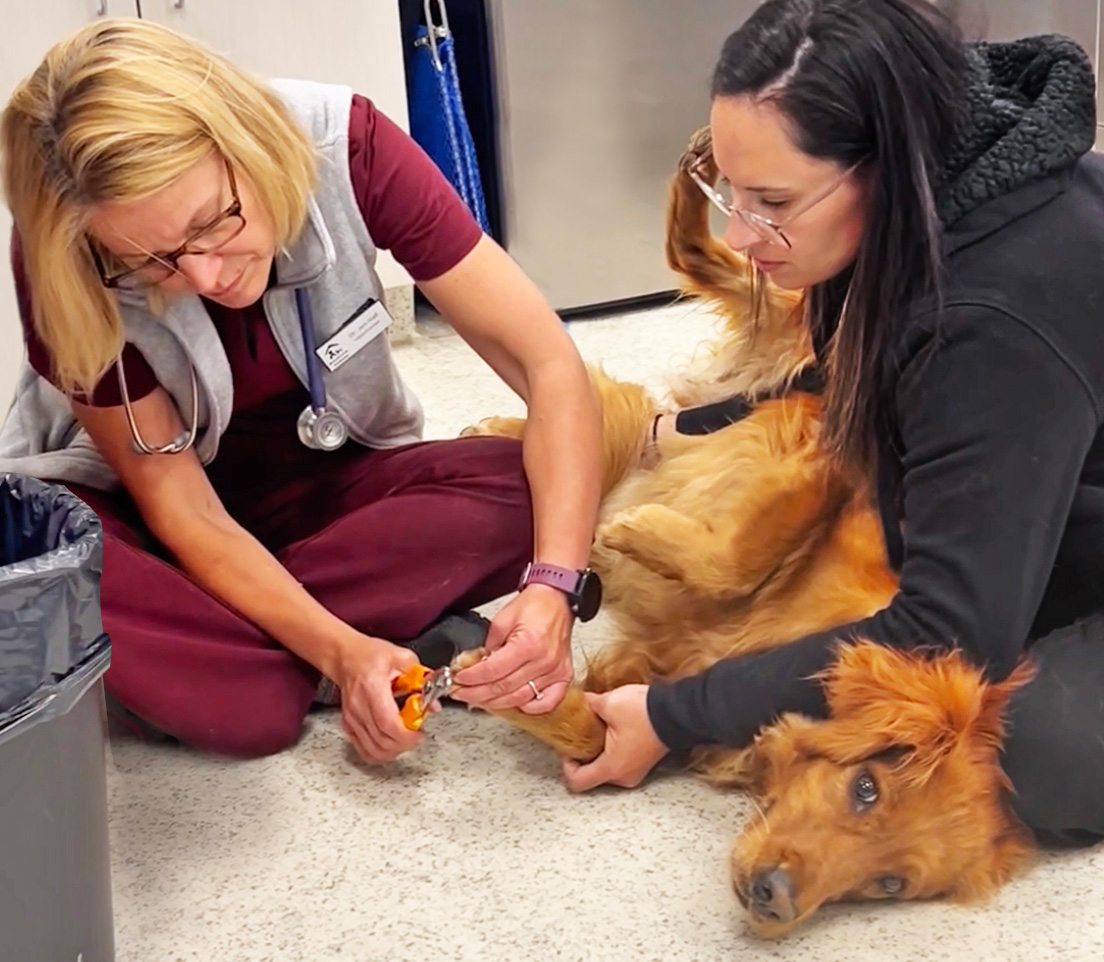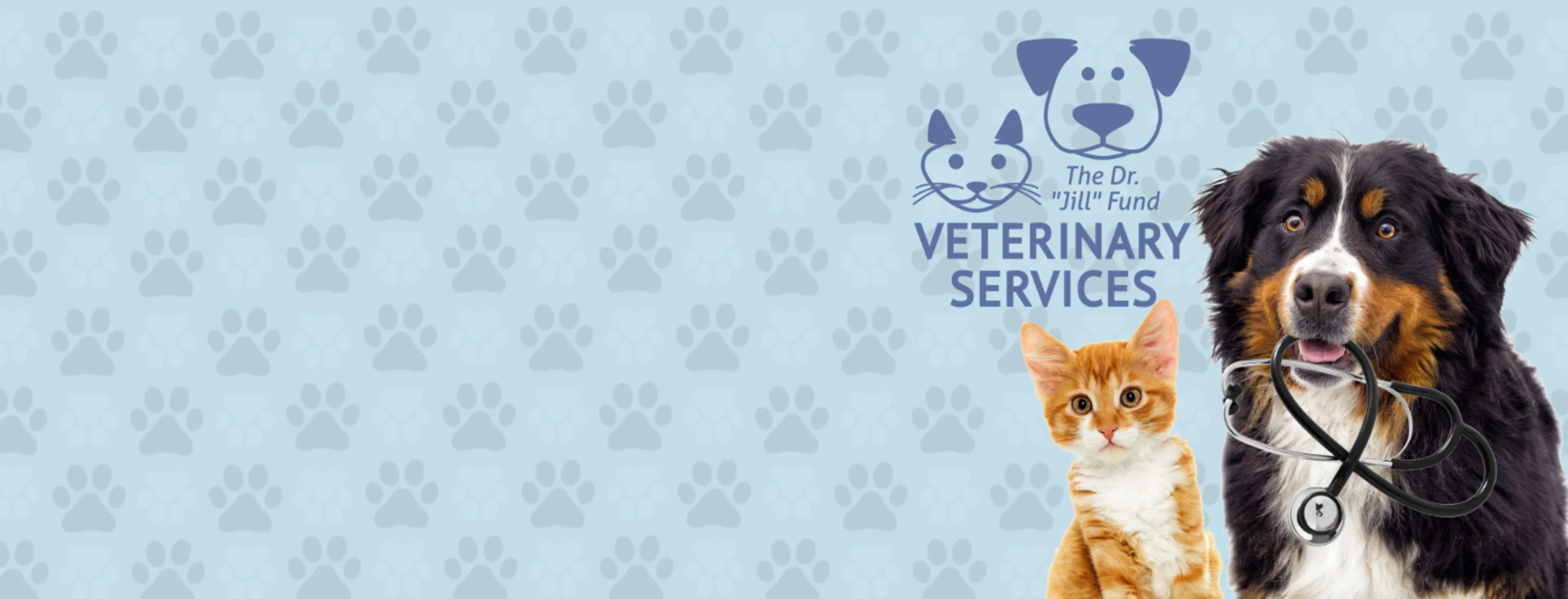Critical Scenarios Only an emergency vet bellingham Can Handle Effectively
Critical Scenarios Only an emergency vet bellingham Can Handle Effectively
Blog Article
Everything About Veterinarian Surgery: Understanding the Relevance of Professional Treatment for Your Animals
Veterinary surgical treatment is a critical component of pet dog medical care. It incorporates various procedures, from routine optional surgeries to immediate interventions. Comprehending the details of these surgical procedures can help family pet owners make informed decisions. The preparation, implementation, and recovery phases are essential for ensuring the health of pets. With proper expertise, owners can navigate the complexities of veterinary care. What aspects should be considered prior to a pet undergoes surgical procedure?
Kinds Of Veterinarian Surgeries
When an animal needs medical intervention, understanding the various sorts of veterinarian surgical treatments can assist pet owners make educated decisions. Vet surgical treatments can be broadly classified right into 3 major types: elective, immediate, and emergency situation surgical treatments. Elective surgical treatments, such as spaying or neutering, are planned procedures that are not promptly lethal. Urgent surgical treatments, like those for foreign body elimination, should be performed quickly yet are not deadly in the moment. Emergency surgical procedures, such as those addressing severe injury or inner bleeding, are important and need instant attention.Additionally, surgical procedures can differ in intricacy, varying from minimally invasive laparoscopic treatments to a lot more comprehensive open surgical treatments. Each kind of surgical treatment carries its own threats and healing processes. Recognizing these classifications allows family pet owners to take part in significant discussions with veterinarians, leading to much better results for their precious family pets.
Planning for Your Pet dog's Surgery
Getting ready for an animal's surgery includes a complete list to guarantee all basics are covered. Effective interaction with the vet is important for comprehending the procedure and any kind of essential pre-operative steps - 24 hour vet near me. Additionally, having clear post-operative treatment instructions will certainly help proprietors offer the most effective support for their recouping pets
Pre-Surgery Checklist Basics
Ensuring a smooth medical experience for a pet calls for cautious prep work and focus to information. A pre-surgery list is crucial for family pet proprietors to comply with. Initially, validating the scheduled surgery day and time is essential. Proprietors ought to also confirm that their pet has fasted according to the vet's guidelines, usually for 8-12 hours prior to surgical treatment. Gathering needed clinical documents, including inoculation history, is necessary for the vet's testimonial. It is additionally recommended to prepare a comfy room in your home for the pet's healing after surgical treatment. Proprietors must have a plan for transport to and from the veterinary clinic, making certain that the animal is secure and comfortable throughout the trip. Adhering to these actions can considerably boost the medical experience.
Communicating With Your Veterinarian

Reliable interaction with the vet is vital for a successful medical experience for family pets. Proprietors need to be prepared to discuss their family pet's clinical history, consisting of any kind of pre-existing conditions, medications, and allergies. This details assists the vet assess risks and tailor the medical plan as necessary. Furthermore, pet owners must ask questions regarding the procedure, anesthesia, and expected end results to ensure they completely understand the process. Clarifying any kind of questions can alleviate anxiety for both the pet and the proprietor. It is also essential to connect any type of behavioral changes or worries observed in the pet leading up to the surgical procedure. Inevitably, clear dialogue fosters trust and partnership, making sure that pets receive the most effective feasible care throughout their surgical trip.
Post-Operative Care Directions
After reviewing the surgery with the veterinarian, family pet owners must concentrate on post-operative treatment instructions to promote a smooth recovery for their pet dogs. These directions usually include checking the surgical website for indicators of infection, such as soreness or discharge. Animals may need to be kept one's cool and confined to stop too much movement that can disrupt healing. Discomfort administration is essential, so proprietors must comply with the veterinarian's advice on providing medicines. Additionally, nutritional constraints may be recommended to prevent intestinal upset. Normal follow-up visits are necessary to guarantee correct recovery and address any type of worries. By sticking to these post-operative care guidelines, pet dog proprietors can significantly contribute to their pet dog's recuperation and total health.
The Surgery Explained
The medical procedure for pets incorporates vital actions that ensure their security and recuperation. Pre-surgery prep work are vital for reducing threats, while post-operative treatment guidelines play a crucial duty in advertising recovery. Comprehending these components assists animal owners navigate the surgical experience better.
Pre-Surgery Preparations
Before a pet dog undergoes surgery, numerous important preparations should take area to ensure a risk-free and successful procedure. A detailed vet examination is vital to evaluate the animal's overall health and wellness and determine any type of possible threats. This might consist of blood tests, imaging, or various other diagnostics. The vet look at more info will certainly likewise review anesthesia alternatives tailored to the animal's details requirements. Additionally, pet owners are commonly instructed to hold back food and water for a defined time prior to surgical treatment to minimize the risk of complications during anesthesia. It's crucial for owners to offer a complete clinical background, including any drugs or allergic reactions, ensuring the surgical group has all required details. Proper interaction and adherence to pre-surgery standards can greatly enhance the end result of the treatment.
Post-Operative Treatment Guidelines
Proper post-operative care is necessary for making certain a pet's recuperation adhering to surgery. After the treatment, family pets ought to be monitored closely for any type of indicators of issues, such as too much blood loss, swelling, or unusual habits. It is necessary to adhere to the vet's directions concerning medications, consisting of pain relievers and antibiotics. Animals should be kept in a silent, comfortable environment to minimize anxiety and promote recovery. Restricting task is essential; short, leashed strolls may be required, yet leaping or running ought to be stayed clear of. Routine follow-up appointments must be arranged to evaluate the recovery process. In addition, the surgical site needs to be kept tidy and dry, with any type of indications of infection reported to a veterinarian immediately. Complying with these standards improves healing results.
Anesthetic and Pain Management
Reliable anesthetic and pain monitoring are essential parts of vet surgery, making sure that pets stay comfortable and secure throughout the treatment. Vets examine each pet dog's individual requirements, considering factors such as age, weight, health status, and the kind of surgical procedure being performed.Anesthesia procedures usually include a combination of pre-anesthetic medicines, induction representatives, and inhalant anesthetics, permitting exact control over the pet's level of awareness. Tracking throughout surgical treatment is important; vets constantly observe essential signs to attend to any possible problems promptly.Pain management methods may entail opioids, non-steroidal anti-inflammatory medicines (NSAIDs), and neighborhood anesthetics, tailored to the family pet's details situation. This multifaceted strategy aids minimize discomfort and promotes a smoother surgical experience. By focusing on efficient anesthesia and pain monitoring, veterinary professionals boost the general well-being of family pets undertaking procedures, ensuring they receive the highest possible standard of treatment.
Post-Operative Care and Recovery
Following surgery, the focus moves to post-operative treatment and healing, which is important for making certain a family pet's secure go back to regular activities. During this duration, pet dogs need a silent, comfy setting to help healing. Owners need to carefully check their family pets for any kind of indicators of pain or uncommon behavior.Veterinary guidelines usually consist of particular instructions associated with medication management, wound care, and dietary adjustments. It is vital to stick to these recommendations to lessen difficulties and advertise healing. Pets may need to be restricted from vigorous activities, such as running or leaping, throughout Click Here their recuperation period (tplo surgery for dogs).Regular follow-up visits with the vet allow for monitoring of the family pet's progress and timely changes to the treatment strategy. Supplying emotional assistance and friendship can also boost a family pet's recovery experience, assisting to alleviate stress and anxiety. On the whole, persistent post-operative treatment plays a substantial duty in achieving a successful recuperation
Recognizing Issues After Surgical Treatment
How can pet dog owners recognize complications after surgical procedure? Understanding of details indicators is learn the facts here now essential for making certain the well-being of family pets throughout recuperation. Usual signs consist of extreme swelling, inflammation, or discharge at the medical site, which may symbolize infection. Furthermore, consistent discomfort, shown by yawping or reluctance to move, need to prompt instant interest. Adjustments in hunger or water consumption can also indicate problems; a reduction in these behaviors might indicate discomfort or distress.Moreover, family pet owners ought to check their pet dogs for any type of uncommon behavior, such as sleepiness or difficulty breathing, as these can be indications of serious issues. Throwing up or diarrhea following surgery may call for immediate veterinary examination. Acknowledging these issues early can greatly affect a pet dog's recuperation process, stressing the importance of alertness and timely communication with a veterinarian for any kind of worrying signs and symptoms.
The Role of Vet Professionals in Surgical Treatment
Veterinary experts play an essential function in making certain the security and success of procedures for family pets, especially adhering to surgical treatment when checking and care are extremely important. These professionals consist of veterinarians, veterinary service technicians, and assistance team, every one of whom contribute specialized skills to the medical process.Before surgery, veterinarians perform complete evaluations to examine the pet's wellness, making certain that any hidden problems are taken care of. Throughout the procedure, the medical group gives anesthesia, maintains sterile settings, and checks vital signs, very important for lessening risks.Post-operative treatment is similarly considerable; vet professionals observe for problems, handle pain, and overview owners on healing practices. Their knowledge allows them to acknowledge very early indications of distress or infection, ensuring timely intervention. Inevitably, the collective efforts of vet specialists in medical care promote a secure environment, advertising the well-being of pet dogs throughout the surgical journey.

Often Asked Questions
How Do I Pick the Right Vet Doctor for My Animal?
Picking the right vet doctor involves investigating qualifications, reading reviews, and examining the facility's atmosphere. It is vital to assess the cosmetic surgeon's experience with certain procedures and their interaction design when choosing.
What Prevail Misconceptions Concerning Vet Surgeries?
Usual misconceptions regarding veterinarian surgical treatments consist of ideas that they are constantly dangerous, unnecessary, or just for emergencies. Numerous pet dog owners take too lightly the advantages of preventive procedures and the ability associated with vet surgical care.
How Much Will My Pet's Surgical treatment Expense?
The expense of a pet's surgical treatment can differ considerably based upon elements such as the sort of treatment, the vet's experience, and geographic area (24 hour vet near me). Normally, costs vary from a few hundred to numerous thousand bucks

Can My Family Pet Consume Prior To Surgery?
Prior to surgical procedure, it is generally encouraged that pet dogs abstain from eating for a particular duration. This fasting helps minimize the danger of difficulties throughout anesthesia. Owners ought to consult their veterinarian for accurate instructions customized to their pet dog's requirements.
What happens if My Animal Has Pre-Existing Wellness Conditions?
When a pet dog has pre-existing health problems, it's important for the vet to assess these elements before surgical procedure. This examination guarantees proper precautions are taken, decreasing risks and maximizing the family pet's total safety throughout the procedure.
Report this page